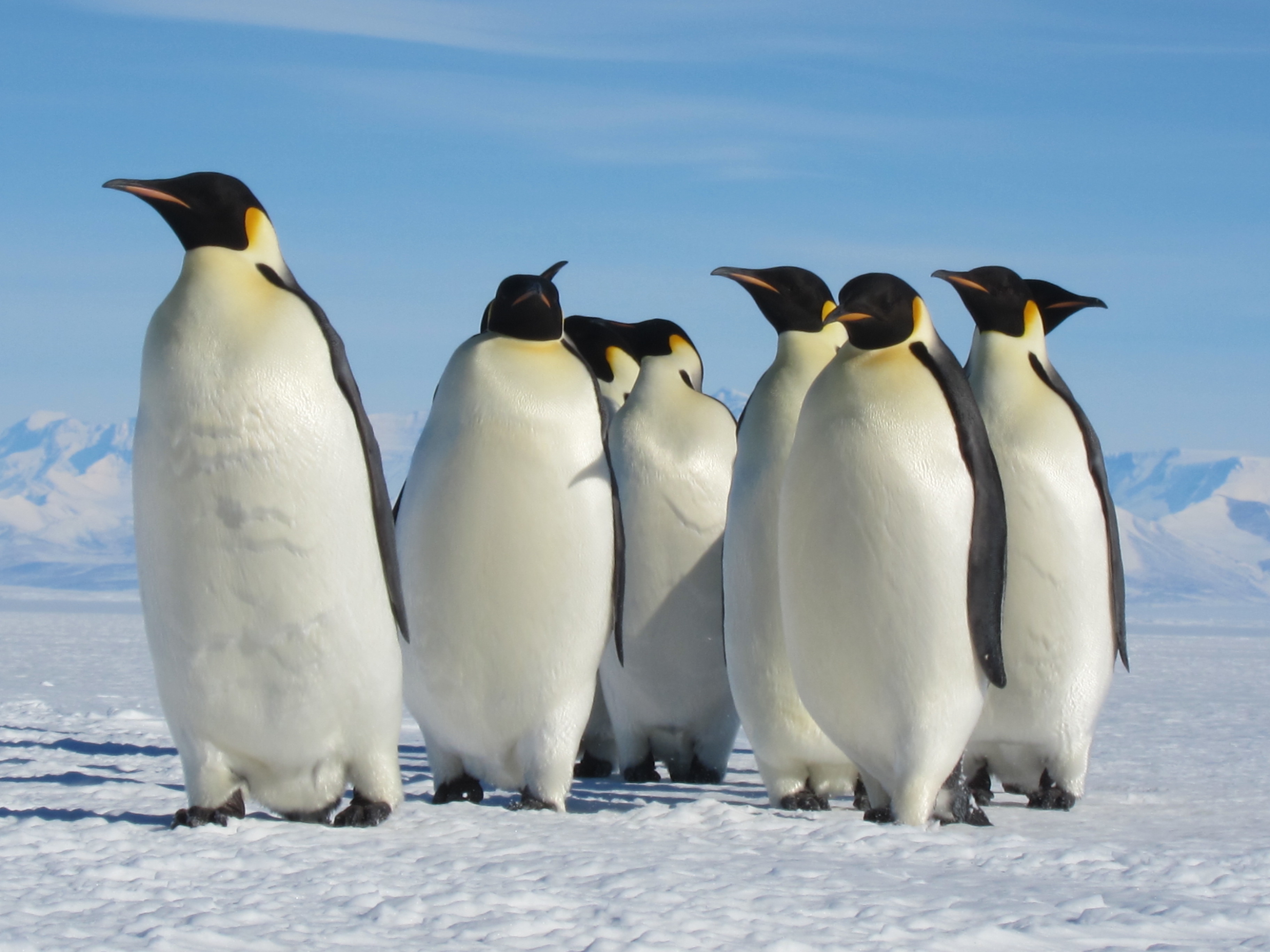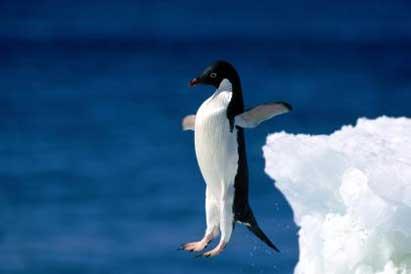Penguins from space
2012/04/19 Roa Zubia, Guillermo - Elhuyar Zientzia Iturria: Elhuyar aldizkaria

Biologists have discovered seven new colonies of Emperor Penguin using photographs taken from the satellite. According to this last estimate, there have been 595,000 specimens, approximately twice that of the last census. Biologists consider that this should not abandon the conservation campaigns of the species, since for this large population climate change is a threat.
The population data have been presented by a group of international biologists within the first satellite census. So far, the population of these animals has been calculated by photographs, they are social animals, that is, they live in colonies, they are large and when they are on land they hardly move. But having to go to the colonies makes it difficult to work. That is why they have made the census with satellite images. Photographs taken from the satellite have been treated using the pansharpening technique to enlarge the image.This technique combines normal high-definition images with low-resolution images, taken with frequencies of the non-visible range of the spectrum. Through the technique, in the photographs of the colonies, they have been able to distinguish penguins, shadows and guano spots, without a very high degree of error: There can be 80,000 penguins in the latest population data.
The elaboration of a census by satellite images has allowed biologists to search for colonies systematically. They say that with this technique, we will follow up on the evolution of the population from now on.

Gai honi buruzko eduki gehiago
Elhuyarrek garatutako teknologia




